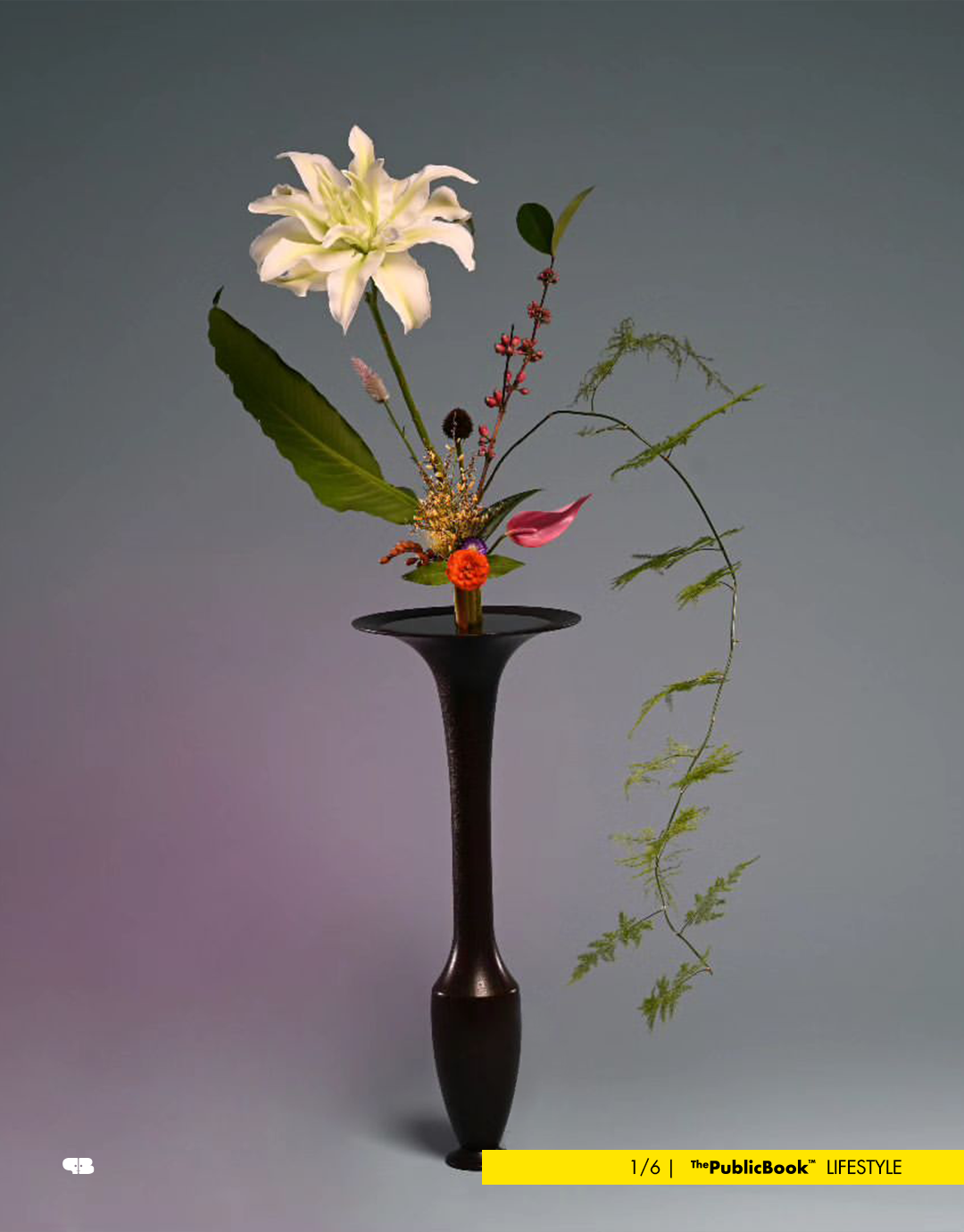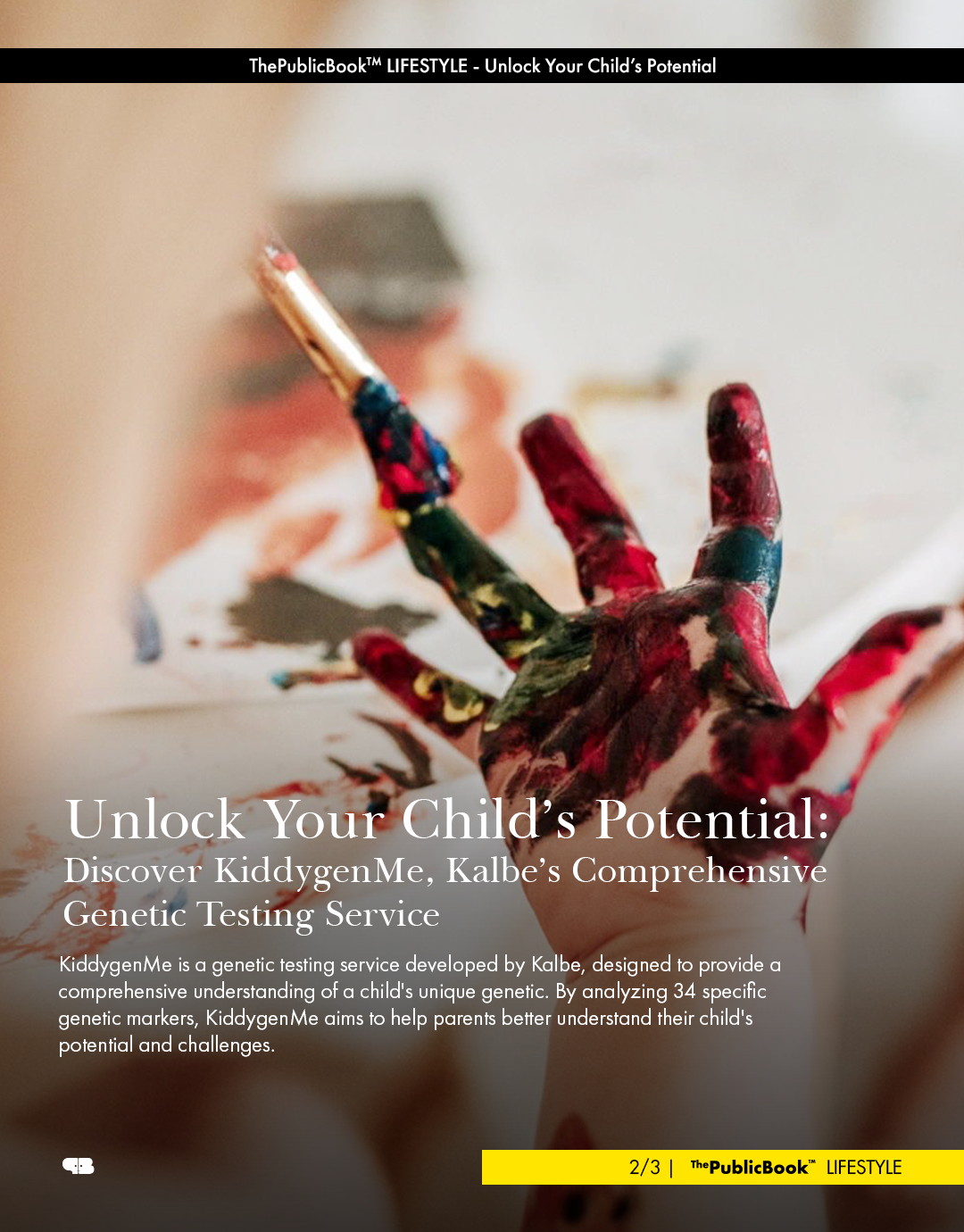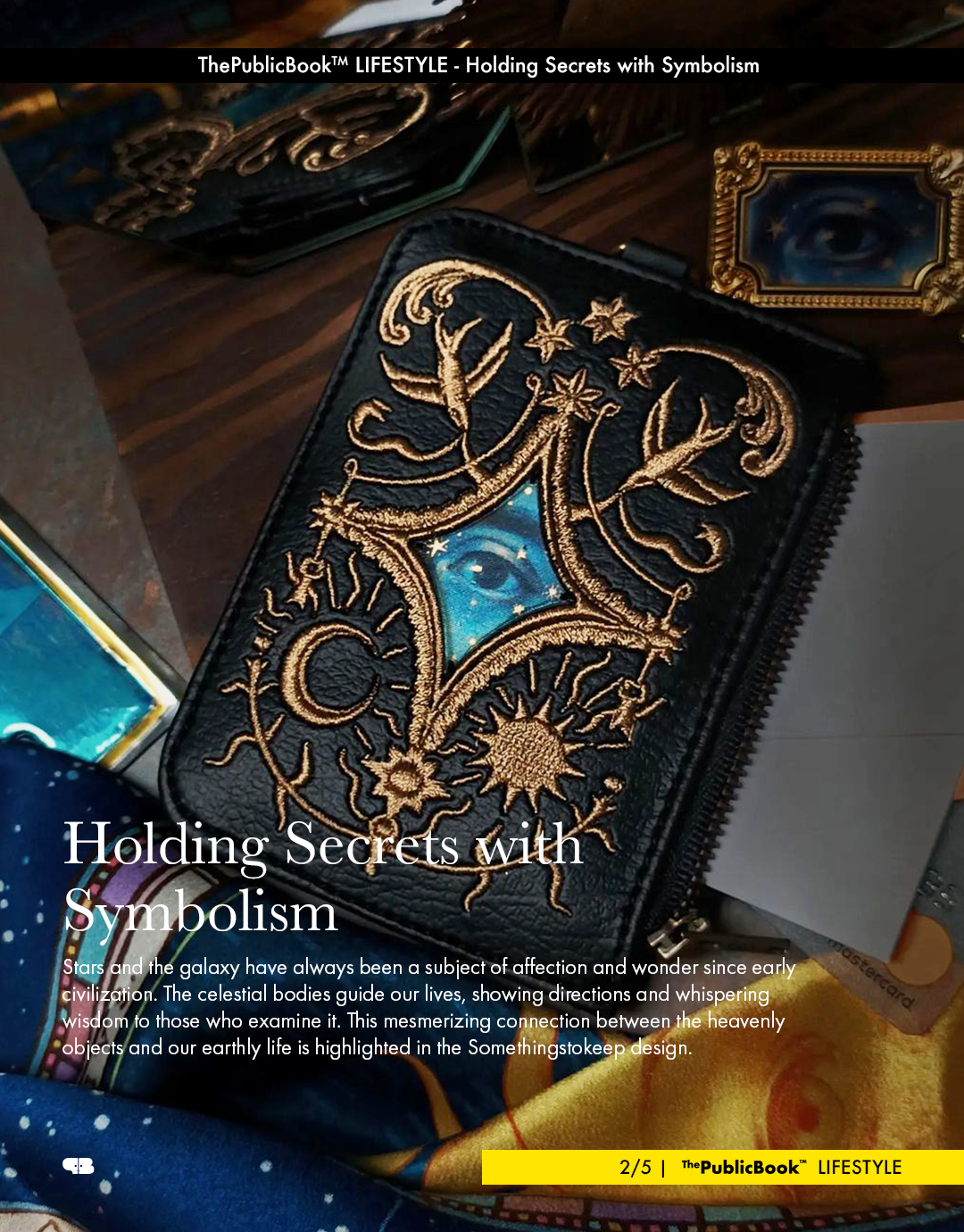July 29, 2024
Widely viewed as expressions of affection and love, flower arrangements are commonly given as presents for one’s special companions. However, creating the art of Ikebana requires us to see these flowers a little differently.
“Not only beautiful flowers but also buds and withered flowers have life, and each has its own beauty. By arranging flowers with reverence, one refines oneself.” Such is the teaching of Senno Ikenobo, the person who had set the philosophical foundations of Ikebana during the late Muromachi period (1338-1573) of Japan.
Retaining this concept, the art of Ikebana sees flowers as avenues for self expression surrounding natural themes. Its aim is not to reproduce a flower’s original appearance however–but aligning branches, leaves, and other plants with it to create a new form that reflects our feelings about nature. This is possible by listening to the unspoken language of each plant and combining them together to convey something fresh. This practice is called Ikebana.
However, as do other art forms, the Ikebana has multiple ways of creation. One significant style of Ikebana is called the ‘rikka’, an approach created by Senno himself. Meaning ‘standing flowers’, rikka is the most formal known style of Ikebana, which showcases flower arrangements in slim and tall holders. It is created to portray the beauty of natural settings.
In Indonesia, these styles have been introduced under the community of Ikebana Ikenobo Indonesia. With the intent of promoting the art and charm of Ikebana in this country, this community holds events such as workshops or seminars to practice the art of rikka and other varieties of Ikebana together.
Mostly taking place at Jakarta Design Center, their events feature competent teachers within the community who conduct demonstrations and classes. Therefore, it allows members to thoroughly learn and relish the beauty of Ikebana.
Writer: Suksan Yosela
Images courtesy of: @ikebana_ikenobo_indonesia, @jakartadesigncenter




